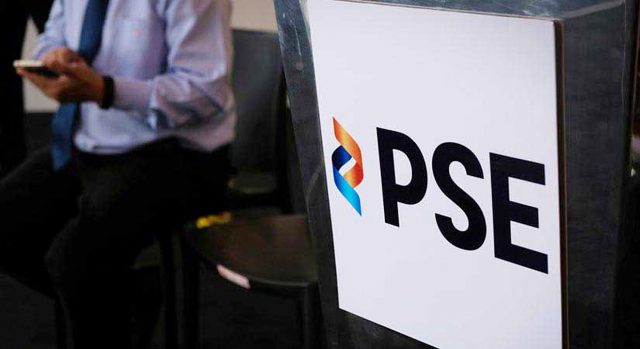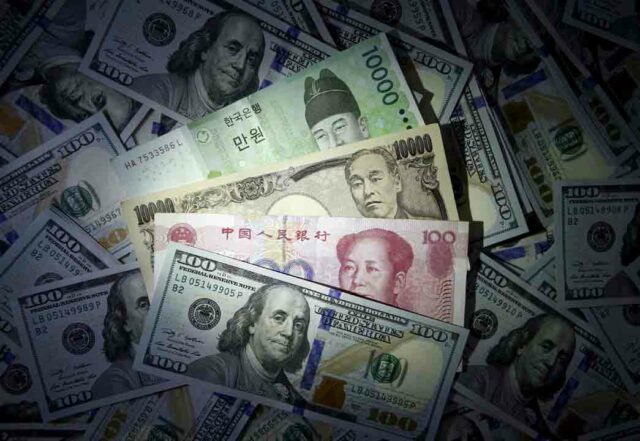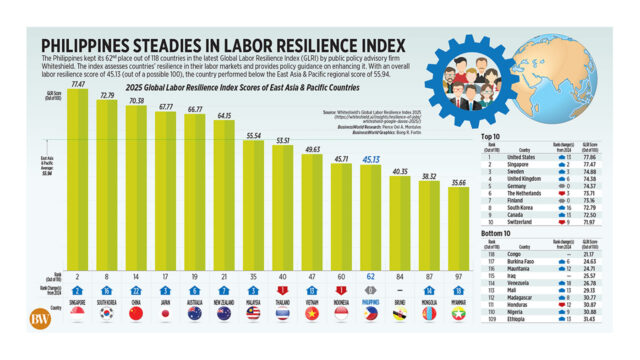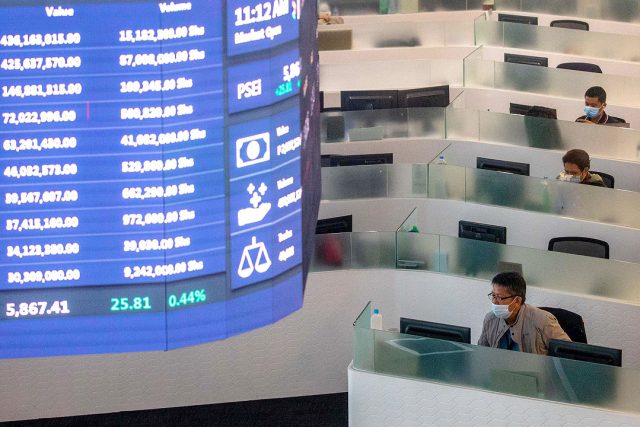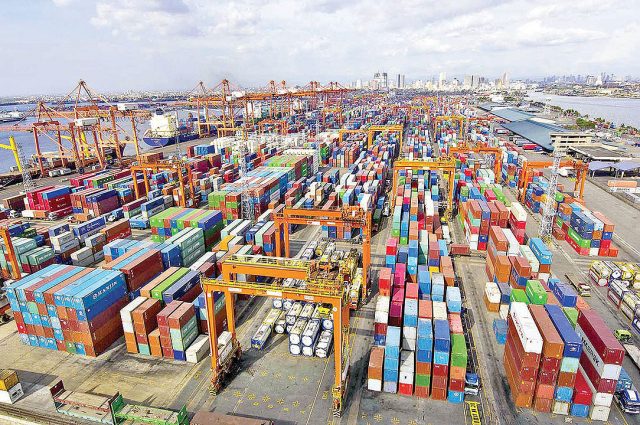Live selling is a phenomenon that has driven online retailers forward in today’s business landscape. Pioneered in China, popularized by platforms like TikTok, Instagram and Facebook, and empowered by online markets like Lazada and Shopee, live selling has become both a form of entertainment and a powerful new shopping experience for countless Filipinos. For brands, it has become an essential part of both marketing and sales. For entrepreneurs who have embraced live selling, the rewards are clear and abundant.
I recently spoke to an entrepreneur who built his business around live selling, Michael Cordoviz of M-Commerce Corp. His startup helps brands in their digital marketing efforts, similar to a digital agency but with a focus on live selling.
In just a few years, M-Commerce has become TikTok Shop’s number one partner. The company has about 35 brands in its stable — big brands like Nestle, Realme and Procter & Gamble. These brands have more than 200 livestreams produced by M-Commerce that run every day.
‘SOMETIMES YOU LOSE, SOMETIMES YOU WIN’
Going all-in on live selling makes clear business sense today, but when live selling took off, during and shortly after the pandemic, it was, like all new technologies, a risk.
Michael tells the story of M-Commerce’s beginnings. “In 2022, someone reached out to us and said: ‘Why not try to become an agency?’ So, we thought, ‘Why don’t we try?’ So, my business partner and I decided to take risks on TikTok Live. It was a roller coaster ride, but all of the doubt and hard work paid off.”
I am reminded of the saying that fortune favors the bold, or as the British special forces unit, the SAS, says: “Who dares wins.” Western entrepreneurs often talk about ruthlessly spotting business opportunities. But for Michael Cordoviz, entering a risky business was always about helping other people.
“We always think about the money, right?” Michael says. “But then, for entrepreneurs, it’s really how to help the community and the people around us.”
This goal of providing solutions and helping the community is what drives entrepreneurs like Michael Cordoviz. “It’s not always about money. How can you impact the world and how can you impact the community? So that’s my mindset, that it’s not just for myself or what I can gain. But it’s for other people too. What will they gain from the business that you’re doing?”
By putting problem-solving for communities and consumers first, Michael found the guiding principles for his business. And while he recognizes the risks involved in entrepreneurship, he emphasizes constant learning and continuous improvement to adapt to the changing needs of the business.
“Entrepreneurship is never a straight path,” Michael says. “Sometimes you lose, sometimes you win. But as long as you keep learning and improving, you’ll eventually get there.”
ADOPTING NEW TECHNOLOGY
Michael first spotted the opportunity for M-Commerce and his logistics company Supcart in his travels to China. Seeing how China adopted new technologies like cashless transactions and fast deliveries inspired him to bring these services to the Philippines.
“Technology is so fast,” Michael says about his learnings from China. “I was like, what if they also have this technology in the Philippines? So I thought that maybe after one to two years, I can bring it [to the Philippines]. Because technology can make our lives easier. That’s what I learned there.”
EVOLVING BUSINESS
Like many entrepreneurs, Michael didn’t start with the company that made him famous. He began with other businesses. Each of these businesses would inform Michael as an entrepreneur, and it’s fascinating to trace this evolution and how it led to M-Commerce.
Michael began with a small business selling cameras. Seeing that there were no protective cases for these cameras available locally, he decided to import them. And by learning how to import from China, he spotted another opportunity: helping importers.
“Why don’t we help other Filipinos?” Michael asks. “Give them an opportunity to sell as well in the Philippines. We can help them import.”
From there, Supcart, Michael’s e-commerce distribution and logistics company, was born.
Supcart, in turn, would give birth to another business. From importing, Michael put up another company to help importers in warehousing and fulfillment, Mango Cloud Fulfillment Service.
“That’s the time when a Chinese client approached us and said: ‘We have a product, we have a brand, how do we sell it on TikTok?’” Michael recounts.
From there, Michael decided to try entering this new business. Learning along the way, M-Commerce discovered how to produce videos, what elements made live selling successful, letting it expand its network of live sellers and affiliate marketers.
‘NEVER STOP LEARNING’
Michael Cordoviz’s entrepreneurial journey is exceptional because he quickly adopted new tech. What’s his advice to entrepreneurs? “Adopt changes and adopt the technology.”
“Let’s learn what’s new,” he adds. “Because there are uncles who don’t know what TikTok is. They don’t know that TikTok is the future of selling, the future of entertainment and the future of social media platforms.”
By adopting new technologies, you’ll never stop learning, Michael says. Returning to his guiding principles of helping Filipinos, he says: “Even in our business now, we never stop learning. What else can we offer to our clients? What else can we offer to Filipinos?”
Are there entrepreneurs you want me to interview? Let me know at ledesma.rj@gmail.com. Follow RJ Ledesma on Facebook, Instagram and LinkedIn.
RJ Ledesma (www.rjledesma.com) is a Hall of Fame Awardee for Best Male Host at the Aliw Awards, a multi-awarded serial entrepreneur, motivational speaker and business mentor, podcaster, an Honorary Consul and editor-in-chief of The Business Manual. Connect with Mr. Ledesma on LinkedIn, Facebook and Instagram. The RJ Ledesma Podcast is available on Facebook, Spotify, Google and Apple Podcasts.

